Container Gardening: A Sense Of Proportion
What is container gardening? Well, when you grow and arrange a selection of plants inside a suitable receptacle and in an aesthetically-pleasing manner, you are a container gardener.
There are many kinds of receptacles that you can use in container gardening. Depending on the display environment and the occasion, you can set up your container garden in a fashionable glazed pot, a recycled household item like a claypot, or even in a modern, self-watering container.
When designing your container garden, there are a number of principles to consider to ensure that the arrangement will be visually pleasing. The same guidelines can also be used when conceptualising the design of a floral arrangement or a garden. For a start, here are some tips relating to proportion.
Proportion refers primarily to the size of the arrangement of materials in relation to their container. As a rough guide, the height of the tallest plant or hardscape component should be at least 1.5 times taller than the height of the container, but should not exceed 2.5 times its height. For example, if your container is 10 cm tall, the tallest element in the container garden should measure 15 to 25 cm.
Proportion also relates to the size of whole container garden in relation to its display setting. An appropriately sized container garden should be large enough to be visible, but not overwhelm the immediate environment.
While these guidelines to proportion are useful starting points, you may sometimes get a more aesthetically-pleasing result by bending the ‘rules’. With practice, you will be able to trust your gut feeling to tell you what looks best.
Here are some simple examples we have put together to illustrate the importance of proportion when displaying your plants in containers.
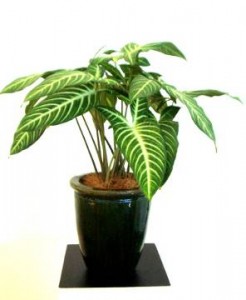 |
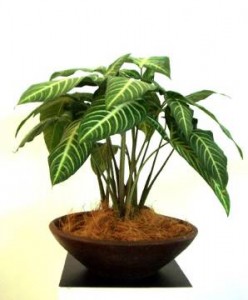 |
| This Caladium lindenii specimen looks proportionate here, as its height is roughly 1.5 times that of its container. | The same Caladium lindenii does not appear proportionate for this dish, because the dish is far too low compared to the plant’s height. |
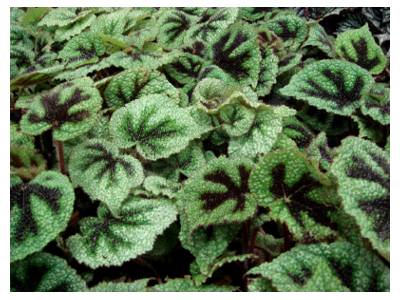
|
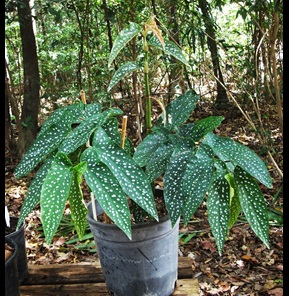 |
| As an exception to the proportion guideline, this low-growing Begonia 'Manaus' looks surprisingly appropriate for a tall pot. Its graceful, trailing growth habit helps to soften the edges of the container, bringing both plant and container into focus. |
The Begonia 'Manaus' shown here is not a suitable plant for display in a dish. The effect is disproportionate, and the plant’s trailing growth has overflowed from the edge of its container, completely hiding the dish from view. |
By Pearl Ho
Have views or comments on this article? Let us know via this form. If you would like to give us feedback on any other areas relating to our parks and gardens, please submit via https://www.nparks.gov.sg/feedback



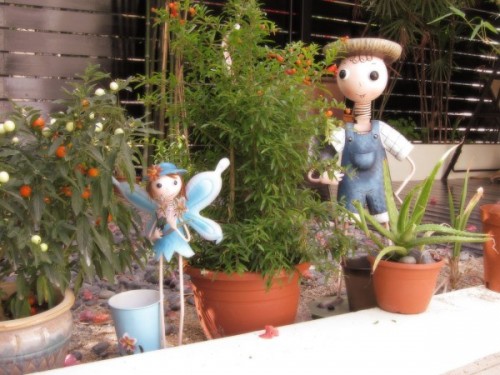
lovegreen 4/16/2010 11:42:01 AM